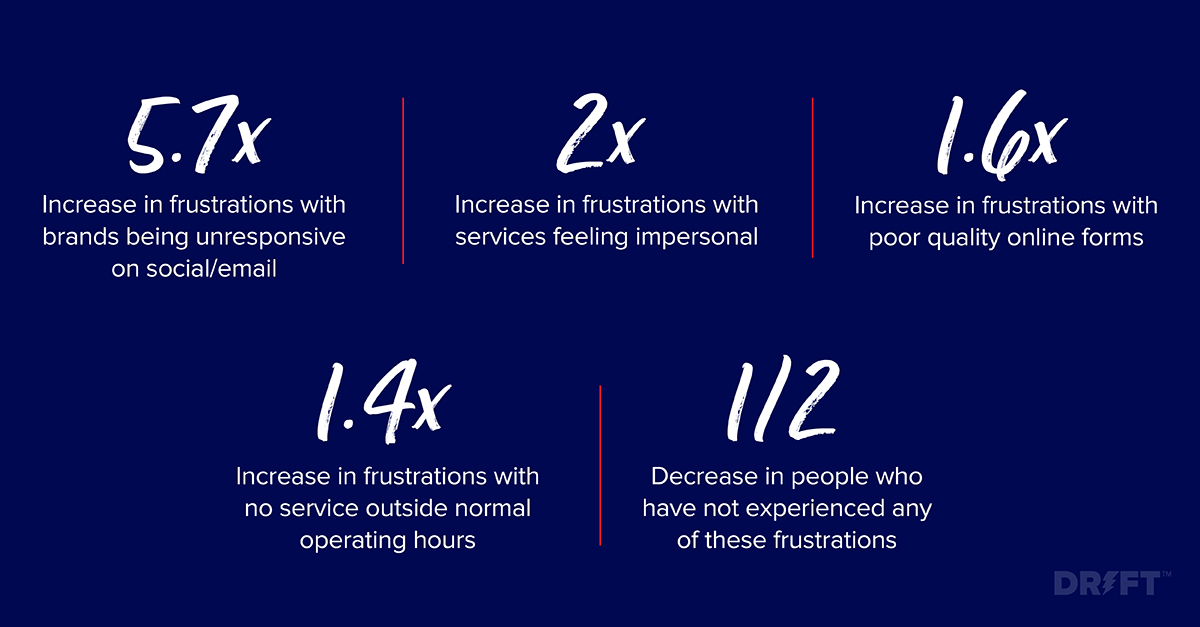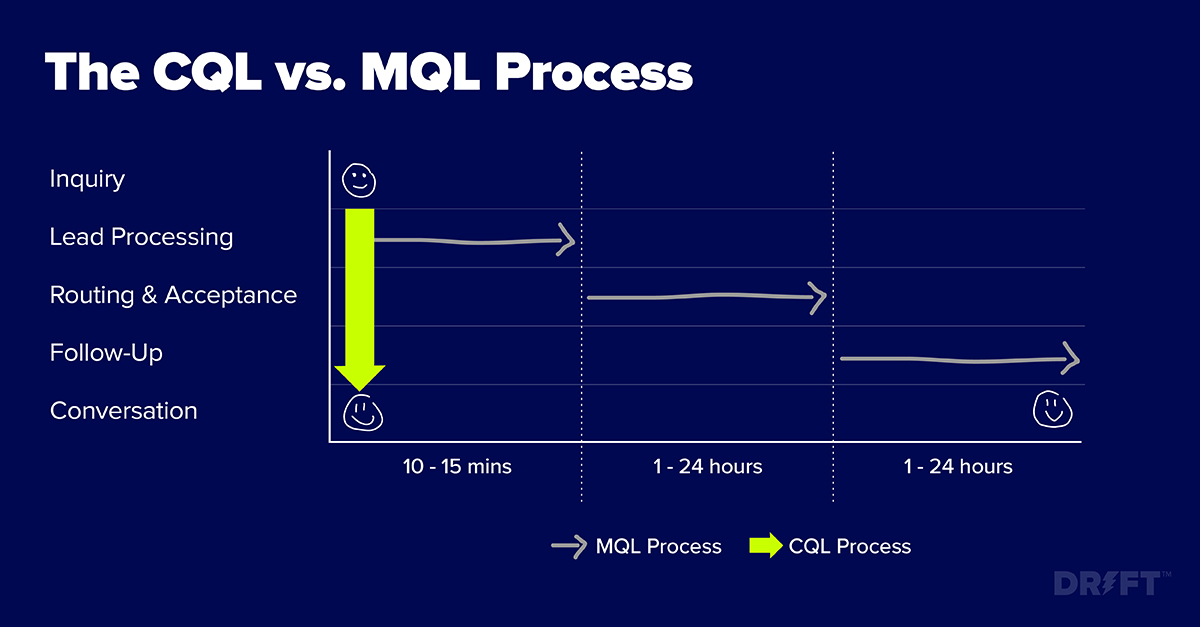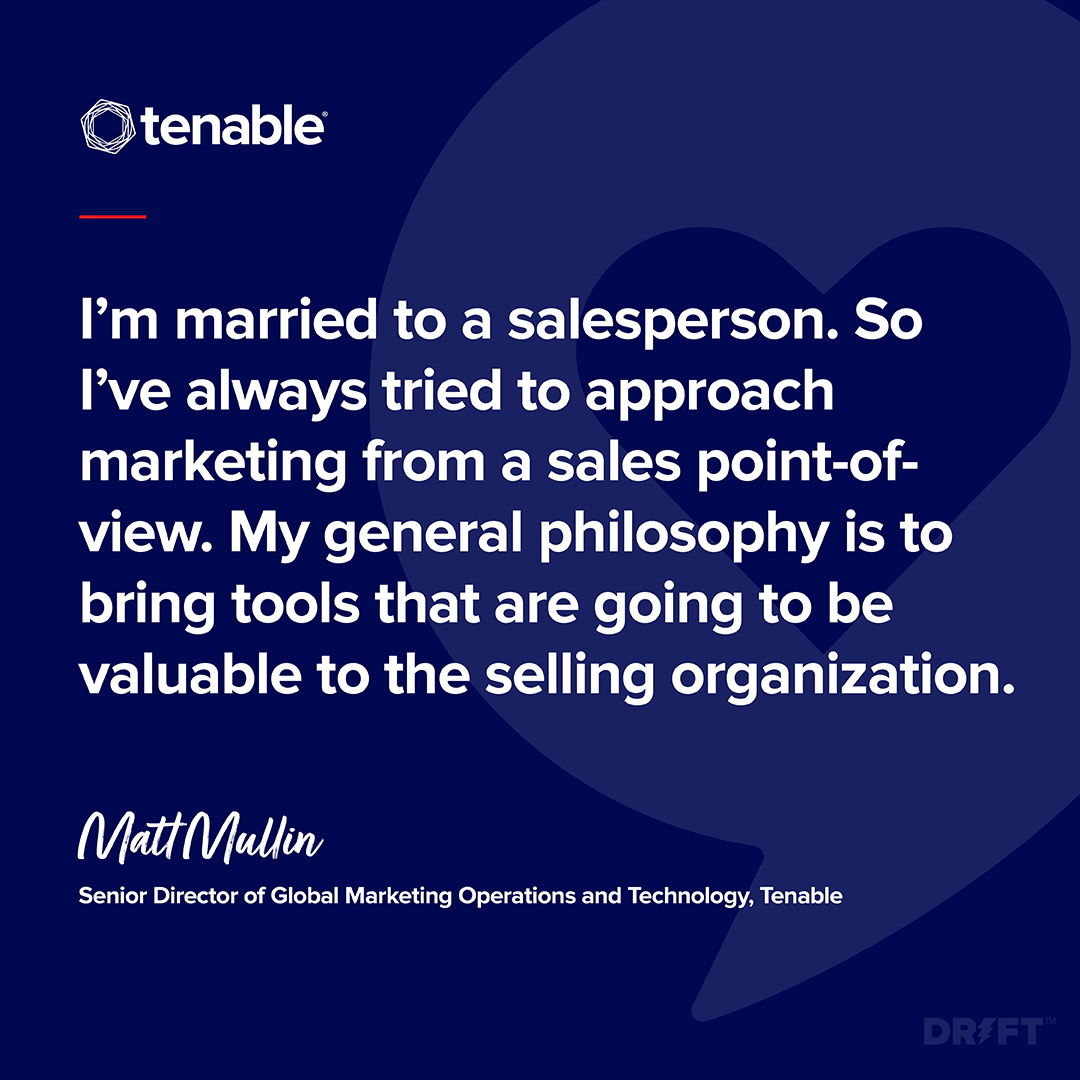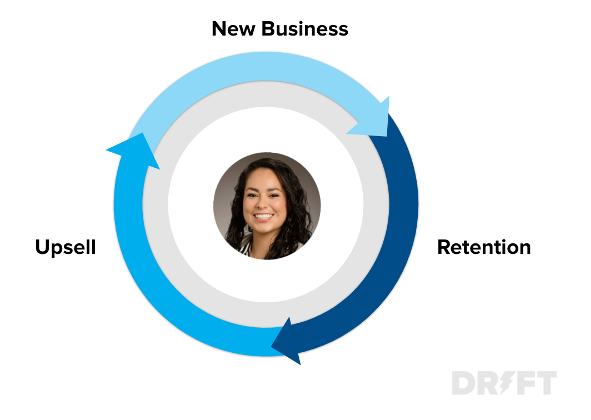Romeo and Juliet is a far cry from a picture-perfect love story.
(SPOILER ALERT, they die at the end.)
But this Shakespearean tale is less about two star-crossed-lovers and more about two warring families.
The problems between the Montagues and the Capulets couldn’t be solved by some dewy-eyed teenagers. And in that respect, Romeo and Juliet is closer to fact than fiction.
No big problem can be solved by a single person alone. That’s true in love and in business.
Just take a look at marketing and sales.
The disconnect between these departments is legendary. Even though sales and marketing are the two functional areas most responsible for driving revenue, they often seem to be working from separate playbooks, or – worse – working against one another.
It’s no longer enough to have a marketing leader who “gets sales.” Or for a sales or SDR manager to work “hand-in-hand” with marketing, swoop in, and save the day.
Below, I explore how we got here, why things need to change, and how marketing and sales can mend their broken relationship.
If you’re ready to fix this broken relationship now, check out these Conversation-Starters to help your revenue teams get on the same page.
The Marketing & Sales Reality Check
Just like Romeo and Juliet were ahead of their time, so are your buyers.
Modern buyers have an almost infinite range of access, alternatives, and autonomy in their buying journeys. And they are in control from start to finish. According to SiriusDecisions, almost 70% of the B2B buyer’s journey is complete before a buyer even reaches out to sales.
Buyers also have higher expectations across the board. In Drift’s 2020 State of Conversational Marketing Report, buyers were increasingly frustrated with the lack of personalization and real-time engagement from B2B brands:

As you can see, speed and accessibility are key to creating a best-in-class buyer experience. But personalization is just as important.
And when I say “personalization” I don’t just mean a name token at the top of an email or a company name in a bot message. In the past, this might have impressed buyers. Now, people expect more from brands.
Today’s marketers and salespeople have a sea of data they can use to deliver and segment experiences for buyers. It’s on marketers to create these unique pathways and experiences. And it’s on sales to meet these buyers where they are and understand their needs.
Yet, marketing and sales teams continue to be bogged down by the same arguments, roadblocks, and pain points. So, how can these teams find some middle ground?
Finding the Middle Ground Between Marketing and Sales
What exactly were the Montagues and the Capulets fighting about anyway?
Seriously, what was the beef between these two families? When I started writing this, I couldn’t remember!
Like me, you probably Googled it.
And found…nothing. In the prologue, Shakespeare only briefly mentions that it was an ancient grudge. No specifics.
Quickly, I realized that’s the point. The theme of the play was that violence was senseless. I know, a bit heavy for a B2B marketing blog post. But it’s also a great reminder that ego often gets in the way of progress – and that it’s possible to find a middle ground, if we work for it.
I won’t go through every single grievance shaking up B2B marketing and sales teams (we’d be here a while). Instead, I’ll walk through the common points of contention and how to face them head-on.
Fix What’s Broken: Funnels, Follow-Up & Friction
Here’s how marketing and sales teams can meet the needs of buyers and mitigate future arguments in the process:
- Focus less on leads, focus more on accounts: Sales don’t care about leads. And neither should marketing. (We can hear your account executives cheering now!) B2B has long pushed account-based marketing (ABM) as the next logical evolution of marketing. Now, it’s time for marketers to fully embrace ABM. To do this, marketing must partner with sales on their account lists and identify which accounts are the most important. Using these insights, marketers can create more targeted campaigns to help sales break through the noise.
- Reduce friction and deliver answers instantly: In The MQL is Dead, Drift introduced “conversation-qualified leads,” or CQLs. CQLs are people who show buying intent during a real-time conversation, either with a human or a chatbot. This removes the need for cumbersome forms, and gets buyers to solutions faster. And with AI chatbots, companies can scale their sales operations beyond a nine-to-five workday – and instantly qualify buyers and book meetings without the need for human intervention.

But none of this is possible unless marketing and sales are willing to embrace new technologies:
Embrace Technology that Bridges Communication Gaps For Everyone
Despite ballooning marketing technology stacks, sales often struggle to create personalized buyer experiences that scale. It’s time for marketing to play nice and start sharing their resources.
That’s why I love this story from Matt Mullin at Tenable. Matt was integral to onboarding Drift at Tenable, and could see the value it would bring to his SDR organization. He didn’t see Drift as a standalone marketing solution, but as a Revenue Acceleration Platform that enables both sales and marketing to grow revenue:

You can learn more about Tenable’s digital transformation with Drift here.
Matt was able to build the case that Revenue Acceleration isn’t just for marketing, but an invaluable tool for sales.
And Matt is definitely onto something. When the 2020 pandemic forced companies to send employees home, virtual selling exploded. Last year a report from McKinsey found that the highest-performing sales teams were those that embraced automation, AI, and virtual selling. This same research also found that almost a third of sales activities can be automated.
The solutions I’ve mentioned so far are great for reducing friction in your marketing funnel and customer journey. But what about team alignment outside that scope?
Unify Teams Around Shared Goals & Your Customers
Romeo and Juliet took a sharp turn from love story to tragedy when both protagonists realized they weren’t the ones to unite their families.
But marketing and sales have something the Montagues and Capulets don’t: shared goals and shared interests.
Every marketing and sales team can agree on two things: 1) we love our customers; 2) we want to grow revenue. At Drift, marketing and sales are responsible for customer lifetime value and the metrics that fall under that. This makes everyone invested in the customer journey and responsible for growing revenue and creating a best-in-class customer experience.

Rallying these two teams around both your customers and revenue metrics is one of the best ways to get everyone working in harmony.
Break the Ice Between Marketing & Sales
I hope these insights help you build stronger relationships between revenue teams.
But, if your marketing and sales team are still bickering like the Montagues and the Capulets, don’t raise the white flag yet.
Get these two warring teams together. Then, have them start answering the hard questions – the questions they say are creating roadblocks to success. Hash it out, and come to resolutions everyone can get behind.








